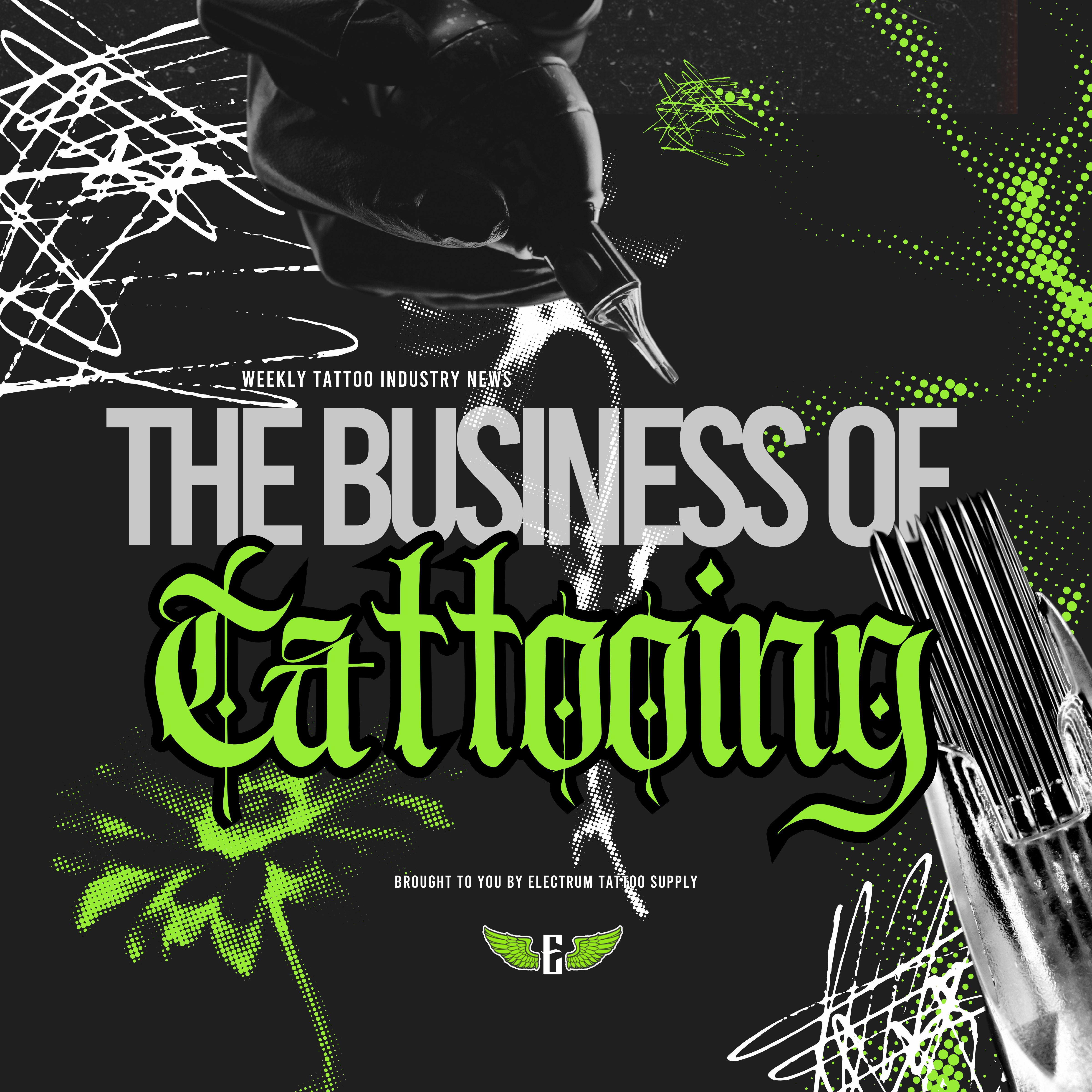If you’re setting up your tattoo station and you think “cleaning” and “disinfecting” are just different words for wiping stuff down—we need to talk.
In tattooing, using the wrong product (or using the right one the wrong way) isn’t just bad practice—it can literally put your clients at risk. Understanding the difference between cleaning, sanitizing, disinfecting and sanitizing is foundational for keeping your setup safe, professional, and compliant.
If you think spraying your tray with disinfectant and calling it a day is enough—let’s pump the brakes.
When you're working with blood, skin, and sharp objects, understanding the levels of decontamination isn’t just good hygiene—it’s your legal and ethical responsibility.
So let’s break it down:
Cleaning, Sanitizing, Disinfecting, and Sterilizing are not interchangeable. They’re four different processes, and in a tattoo shop, you’ll likely need all four.
1. Cleaning: The First (and Most Skipped) Step
Cleaning means removing visible dirt, blood, ink, and other debris. This is usually done with soap and water or detergent wipes.
🧼 What it does: Removes physical mess.
🧫 What it doesn’t do: Kill germs.
Pro tip: You must clean before you disinfect or sterilize. If you don’t, blood and grime can block chemicals from working.
2. Sanitizing: Good Enough for a Kitchen, Not a Studio
Sanitizing reduces the number of germs to a safe level—but it’s not strong enough for a tattoo environment.
🍽️ Sanitizing = restaurant clean.
🧬 Tattooing = bloodborne pathogen risk.
Use sanitizers in your break room. Not your station.
3. Disinfecting: The Studio Standard
Disinfecting uses chemicals to kill most germs on non-porous surfaces after cleaning.
This is what you’re doing when you spray your armrests, tray covers, bottles, etc., with a hospital-grade disinfectant.
💥 Kills: bacteria, viruses, and fungi (including HIV and Hep B/C)
⏳ Only works if you let it sit for the full contact time listed on the label
Don’t just spray and wipe. Read the label. Let it sit. Let it work.
Products must be EPA-registered and labeled as hospital-grade disinfectants (like Madacide or Cavicide).
4. Sterilizing: For Tools That Break the Skin
Sterilizing is the highest level of decontamination. It kills everything—even resistant spores—usually through pressurized heat (autoclaving).
✂️ Sterilization is required for:
-
Reusable tools like forceps, metal tubes, grips
-
Anything that touches blood and gets reused
You cannot sterilize with a disinfectant spray.
You cannot skip this step if you're reusing tools.
You should never reuse cartridges or needles—ever.
TL;DR: What Goes Where
| Process | What it Does | Used For |
|---|---|---|
| Cleaning | Removes visible debris | Surfaces, tools, armrests before disinfecting |
| Sanitizing | Lowers germ count | Break rooms, non-critical areas |
| Disinfecting | Kills most pathogens | Work surfaces, bottles, chairs, power supplies |
| Sterilizing | Kills all pathogens | Reusable tools that contact blood/skin |
Why It All Matters
Because this isn’t a regular workplace.
This is blood exposure territory.
-
You’re responsible for your clients’ safety
-
You’re required to follow bloodborne pathogen protocols
-
And you’re representing your industry with every single setup
Your shop should smell like Madacide and professionalism—not a biohazard.
Want to Set Your Station Up Like a Pro?
We’ve got everything you need:
🧽 Cleaners
🦠 Hospital-grade disinfectants
🧻 Barrier protection & wraps
🧼 Soap & prep for before and aftercare





